World War II
The Eastern Front of World War II was a theatre of conflict between the European Axis powers and co-belligerent Finland against the Soviet Union, Poland and other Allies, which encompassed Northern, Southern and Central and Eastern Europe from 22 June 1941 to 9 May 1945. It has been known as the Great Patriotic War in the former Soviet Union and in modern Russia, while in Germany it was called the Eastern Front the Eastern Campaignthe Russian Campaign , or the German-Soviet War by outside parties.
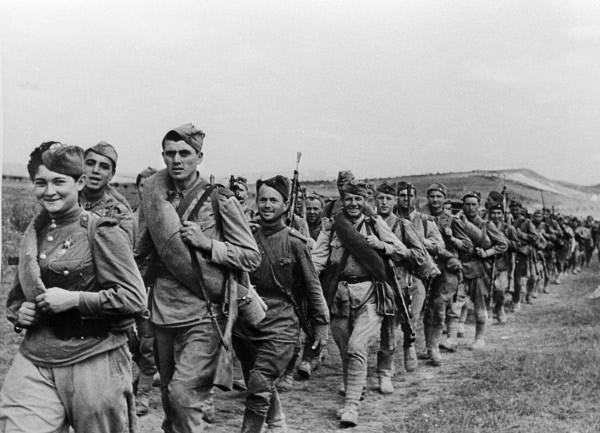
The battles on the Eastern Front constituted the largest military confrontation in history. They were characterized by unprecedented ferocity, wholesale destruction, mass deportations, and immense loss of life due to combat, starvation, exposure, disease, and massacres. The Eastern Front, as the site of nearly all extermination camps, death marches, ghettos, and the majority of pogroms, was central to the Holocaust. Of the estimated 70 million deaths attributed to World War II, over 30 million, many of them civilian, occurred on the Eastern Front. The Eastern Front was decisive in determining the outcome of the European portion of World War II, eventually serving as the main reason for Germany's defeat. It resulted in the destruction of the Third Reich, the partition of Germany for nearly half a century and the rise of the Soviet Union as a military and industrial superpower.
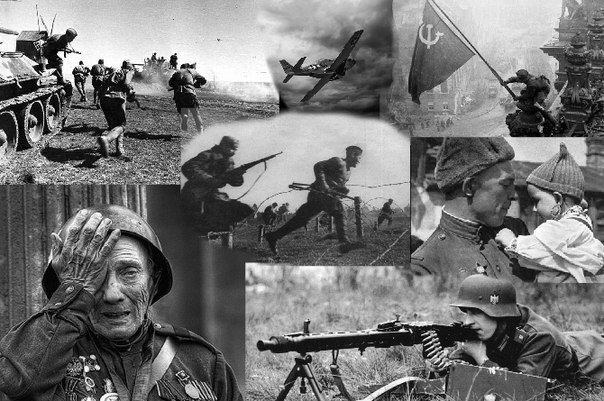
The two principal belligerent powers were Nazi Germany and the Soviet Union, along with their respective allies. Though never engaged in military action in the Eastern Front, the United Kingdom and the United States both provided substantial material aid in the form of the Lend-Lease to the Soviet Union.

The joint German–Finnish operations across the northernmost Finnish–Soviet border and in the Murmansk region are considered part of the Eastern Front. In addition, the Soviet–Finnish Continuation War may also be considered the northern flank of the Eastern Front.
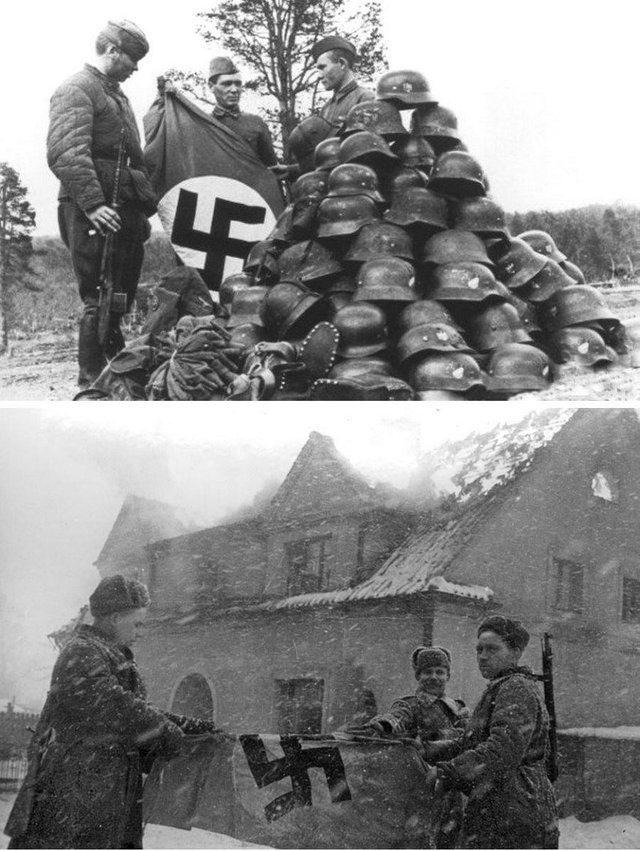
Despite their ideological antipathy, both Nazi Germany and the Soviet Union shared a common dislike for the outcome of World War I. The Soviet Union had lost substantial territory in eastern Europe as a result of the Treaty of Brest-Litovsk, where it gave in to German demands and ceded control of Poland, Lithuania, Estonia, Latvia and Finland, among others, to the "Central Powers". Subsequently, when Germany in its turn surrendered to the Allies and these territories were liberated under the terms of the Paris Peace Conference of 1919, Russia was in a civil war condition and the Allies did not recognize the Bolshevik government. The Soviet Union was not formed for another four years, so no Russian representation was present.

Adolf Hitler had argued in his autobiography Mein Kampf (1925) for the necessity of Lebensraum ("living space"): acquiring new territory for Germans in Eastern Europe, in particular in Russia.
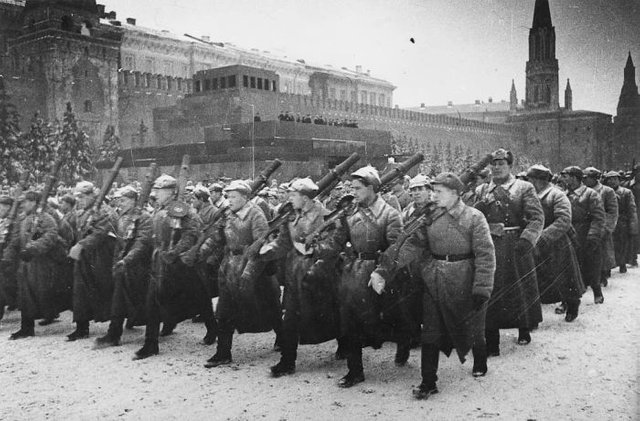
He envisaged settling Germans there, as according to Nazi ideology the Germanic people constituted the "master race", while exterminating or deporting most of the existing inhabitants to Siberia and using the remainder as slave labour. Hitler as early as 1917 had referred to the Russians as inferior, believing that the Bolshevik Revolution had put the Jews in power over the mass of Slavs, who were, in Hitler's opinion, incapable of ruling themselves but instead being ruled by Jewish masters. Hard-line Nazis in Berlin (like Himmler) saw the war against the Soviet Union as a struggle between the ideologies Nazism and Jewish Bolshevism, and ensuring territory supremacy for the Germanic Übermensch (superhumans), who according to Nazi ideology were the Aryan Herrenvolk ("master race"), against the Slavic Untermenschen (subhumans). Wehrmacht officers told their troops to target people who were described as "Jewish Bolshevik subhumans", the "Mongol hordes", the "Asiatic flood" and the "red beast". The vast majority of German soldiers viewed the war in Nazi terms, seeing the Soviet enemy as sub-human
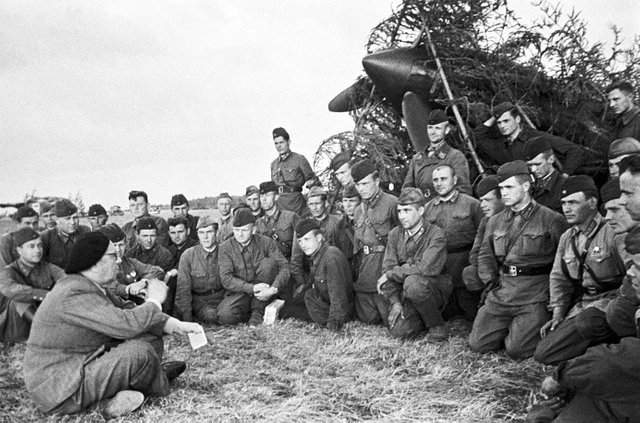
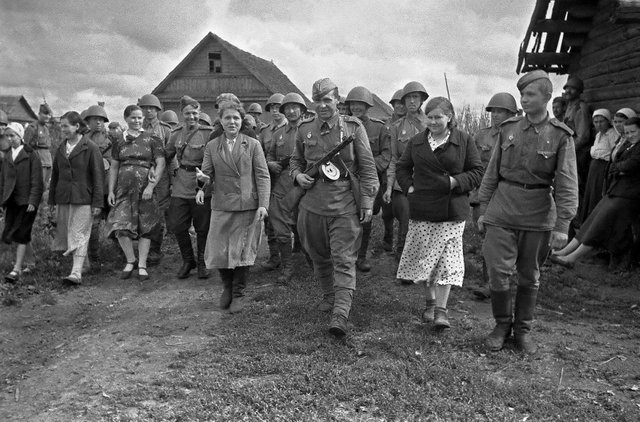
The war was fought between Nazi Germany, its allies and Finland, against the Soviet Union. The conflict began on 22 June 1941 with the Operation Barbarossa offensive, when Axis forces crossed the borders described in the German–Soviet Nonaggression Pact, thereby invading the Soviet Union. The war ended on 9 May 1945, when Germany's armed forces surrendered unconditionally following the Battle of Berlin (also known as the Berlin Offensive), a strategic operation executed by the Red Army. The states that provided forces and other resources for the German war effort included the Axis Powers – primarily Romania, Hungary, Italy, pro-Nazi Slovakia, and Croatia. The anti-Soviet Finland, which had fought the Winter War against the Soviet Union, also joined the offensive. The Wehrmacht forces were also assisted by anti-Communist partisans in places like Western Ukraine, the Baltic states, and later by Crimean Tatars. Among the most prominent volunteer army formations was the Spanish Blue Division, sent by Spanish dictator Francisco Franco to keep his ties to the Axis intact.
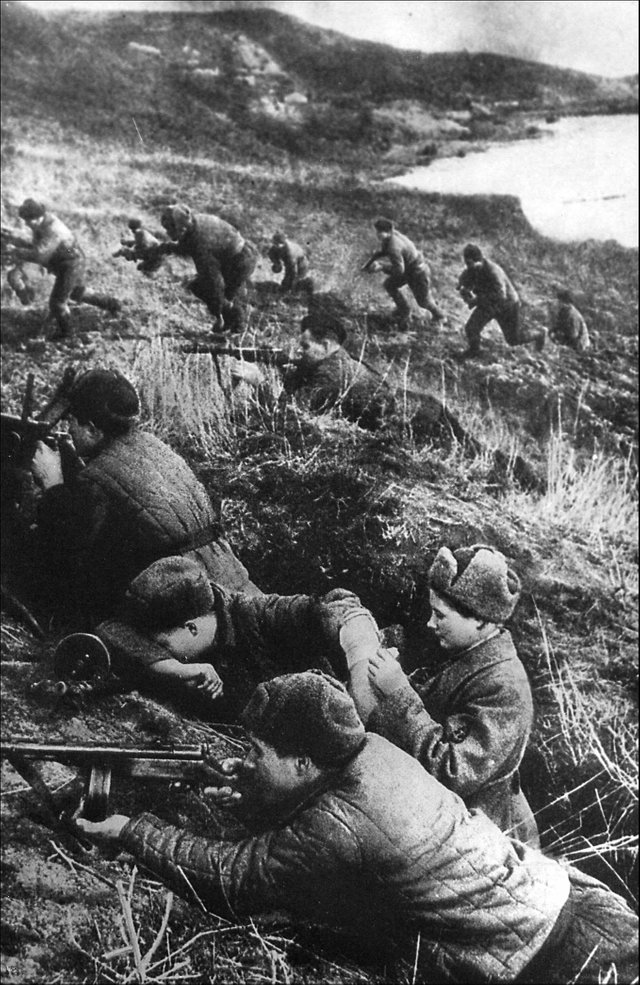

First period of Great Patriotic war (22 June 1941 – 18 November 1942)
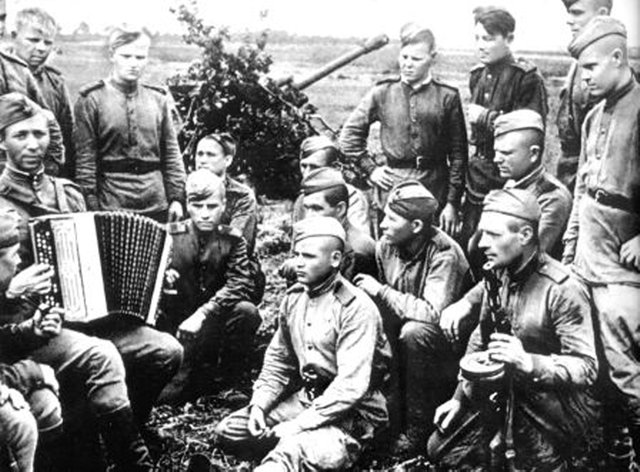
Summer–Autumn Campaign (22 June – 4 December 1941)
Winter Campaign of 1941–42 (5 December 1941 – 30 April 1942)
Summer–Autumn Campaign (1 May – 18 November 1942)
Second period of Great Patriotic war ( (19 November 1942 – 31 December 1943)
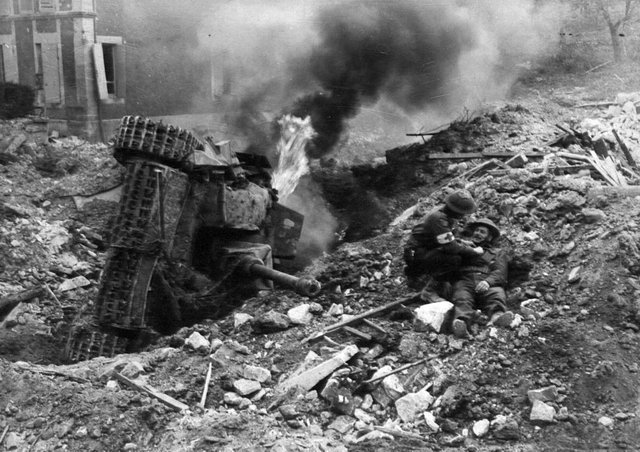
Winter Campaign of 1942–43 (19 November 1942 – 3 March 1943)
Summer–Autumn Campaign of 1943 ( (1 July – 31 December 1943)
Third period of Great Patriotic war (1 January 1944 – 9 May 1945)
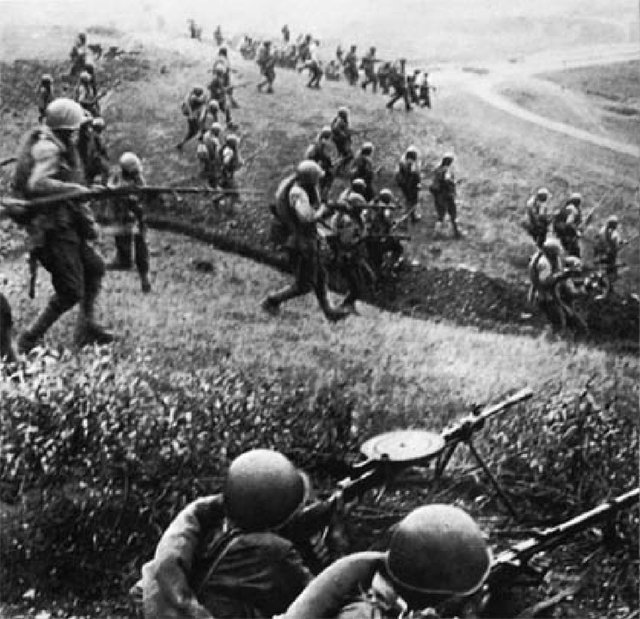
Winter–Spring Campaign (1 January – 31 May 1944)
Summer–Autumn Campaign of 1944 (1 June – 31 December 1944)
Campaign in Europe during 1945 (1 January – 9 May 1945)